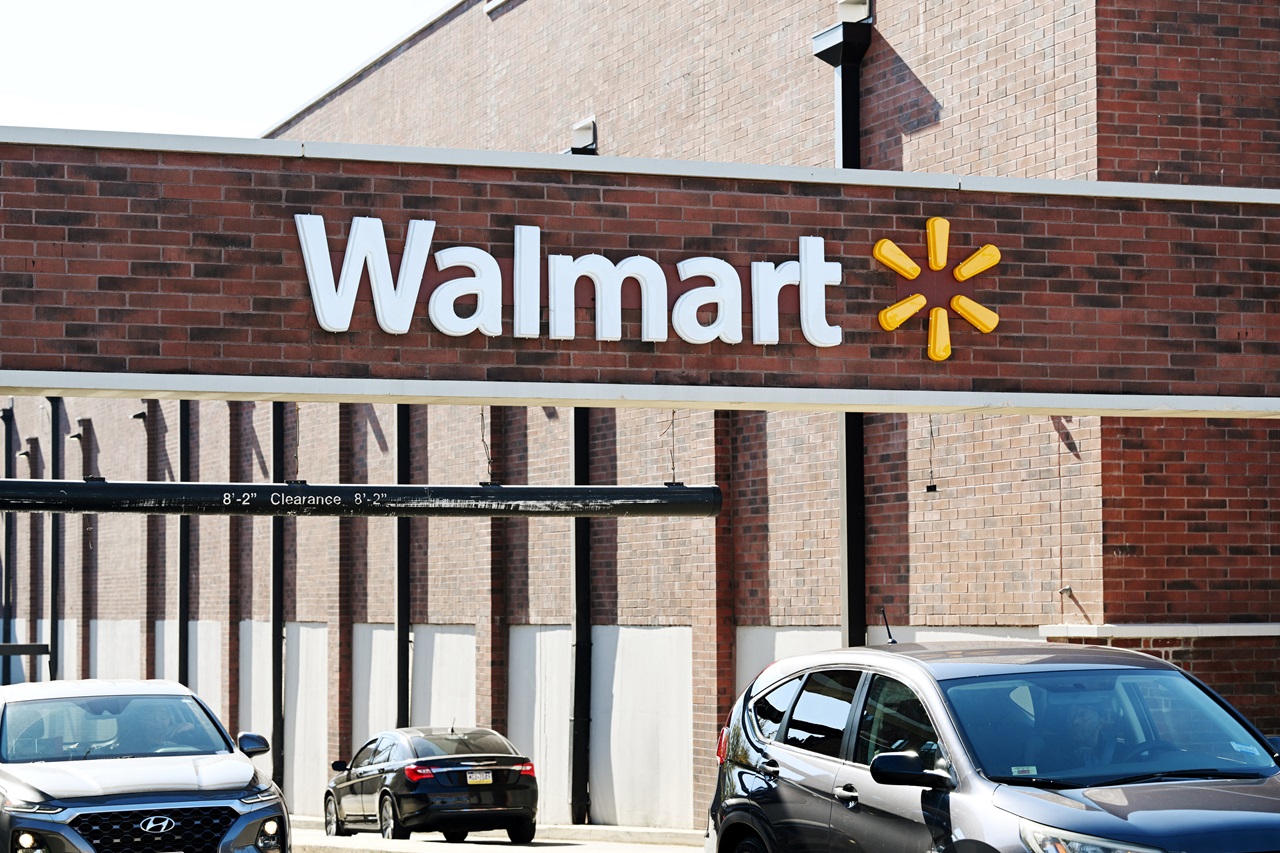
Disrupting Disparities: Detailing barriers to healthcare services in Pennsylvania
A recent report conducted by AARP Pennsylvania and Drexel University highlights the disparities those in the state’s underserved communities face.
Across the state of Pennsylvania, there are several health disparities that restrict access to healthcare services.
A new report published by AARP Pennsylvania and Drexel University’s College of Nursing and Health Professions highlights how geographic, racial/ethnic and economic factors each play a role in this reality, as well as how these disparities have become more apparent during the COVID-19 pandemic.
“As we studied how Pennsylvania can begin to retool our geographic, racial and ethnic growth, our research really indicated that health inequities are most acute among those living in rural populations and low-resourced areas across the state,” said Angela Foreshaw-Rouse, Manager of State Operations and Outreach at AARP Pennsylvania.
The report touches on key contributors to these health disparities, and points specifically towards lack of healthcare, the digital divide, as well as a persistent local healthcare workforce shortage.
“Not only do these disparities inhibit people’s ability to live longer, healthier and productive lives, it also stifles economic growth,” said Jean Accius, PhD, Senior Vice President of Global Thought Leadership at AARP.
Pennsylvania demographic trends show a significant expansion of the number of older adults living in poverty and have poor access to healthcare. Currently, about 40% of Pennsylvanians are age 50 and older and 19% are over the age of 65.
By 2040, the Commonwealth is likely to experience exponential growth with the aging population.
“The critical take home message from this report is that it shows that where an adult lives, their age bracket and their racial and ethnic group are all critical in terms of how they are going to age,” said Laura Gitlin, PHD, FGSA, FAAN, Dean and Distinguished University Professor at Drexel University.
Another big contributor to the health inequities is the lack of internet access for many.
With the increase for telehealth services, the need for broadband internet becomes much more prevalent.
The report states that few Pennsylvania counties are able to support 100% of their population connecting to the article, with 8% of households in 8 counties report no internet access at all.
“Internet access is not available equitably across the state,” said Gitlin.
The pandemic has further magnified the issue of lack of broadband access with the closure of many senior centers, libraries and other facilities many adults go to in order to use the internet.
RELATED CONTENT
Persistent local healthcare workforce shortages is yet another factor. An estimated 14% of Pennsylvanians live in a medically underserved area and 22% live in an area that is both medically underserved and designated to have a health professions shortage.
“Our data shows there are pharmacy deserts across the state in both rural and urban areas,” said Rose Ann DiMaria-Ghalili, PhD, RN, FASPEN, FAAN, FGSA, Professor of Nursing, Associate Dean of Interprofessional Research and Development at Drexel University.
Each of the 67 counties in the Commonwealth have at least one pharmacy desert, which refers to a low-income community or neighborhood with no pharmacy within a half-mile radius for those with limited vehicle access.
In addition to pointing out the various factors that contribute to the health disparities that exist throughout Pennsylvania, the report also details some actionable recommendations to minimize these disparities.
The recommendations include continuing to monitor health, geographic and racial/ethnic disparities, providing broadband access across the state along with technology literacy and expanded telehealth, provide culturally competent care, support direct care workers in all care settings and to implement statewide strategies for COVID-19 test and vaccination distribution.
The entirety of the report can be found and downloaded here.

This article is part of Broke in Philly, a collaborative reporting project among more than 20 news organizations focused on economic mobility in Philadelphia. Read all of our reporting at brokeinphilly.org.











LEAVE A COMMENT:
Join the discussion! Leave a comment.